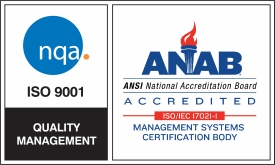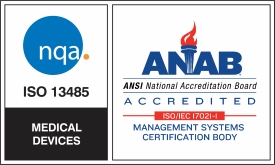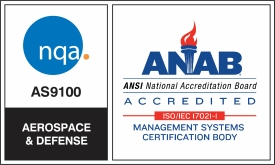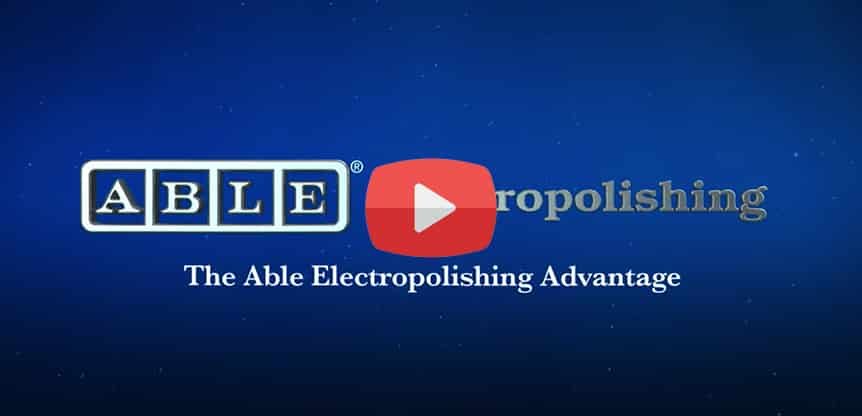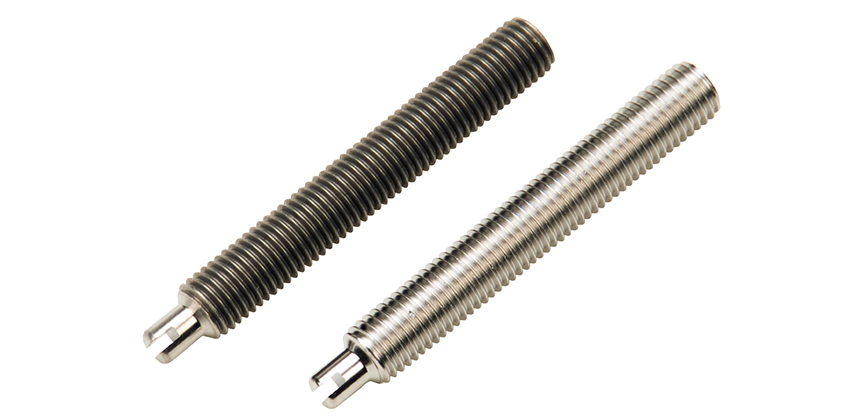Passivation is a metal finishing treatment that companies utilize to protect and enhance parts against corrosion.. To begin passivation, metal parts are placed into a basket and then submerged into a bath of nitric or citric acid. The concentration of the acid removes free iron and other foreign material deposited during part machining. Passivation is simply utilized to remove surface impurities and provide some corrosion resistance. While passivated parts do have a light level of cleansing, they often require additional processes, such as electropolishing, for more intense removal of surface contaminants.
